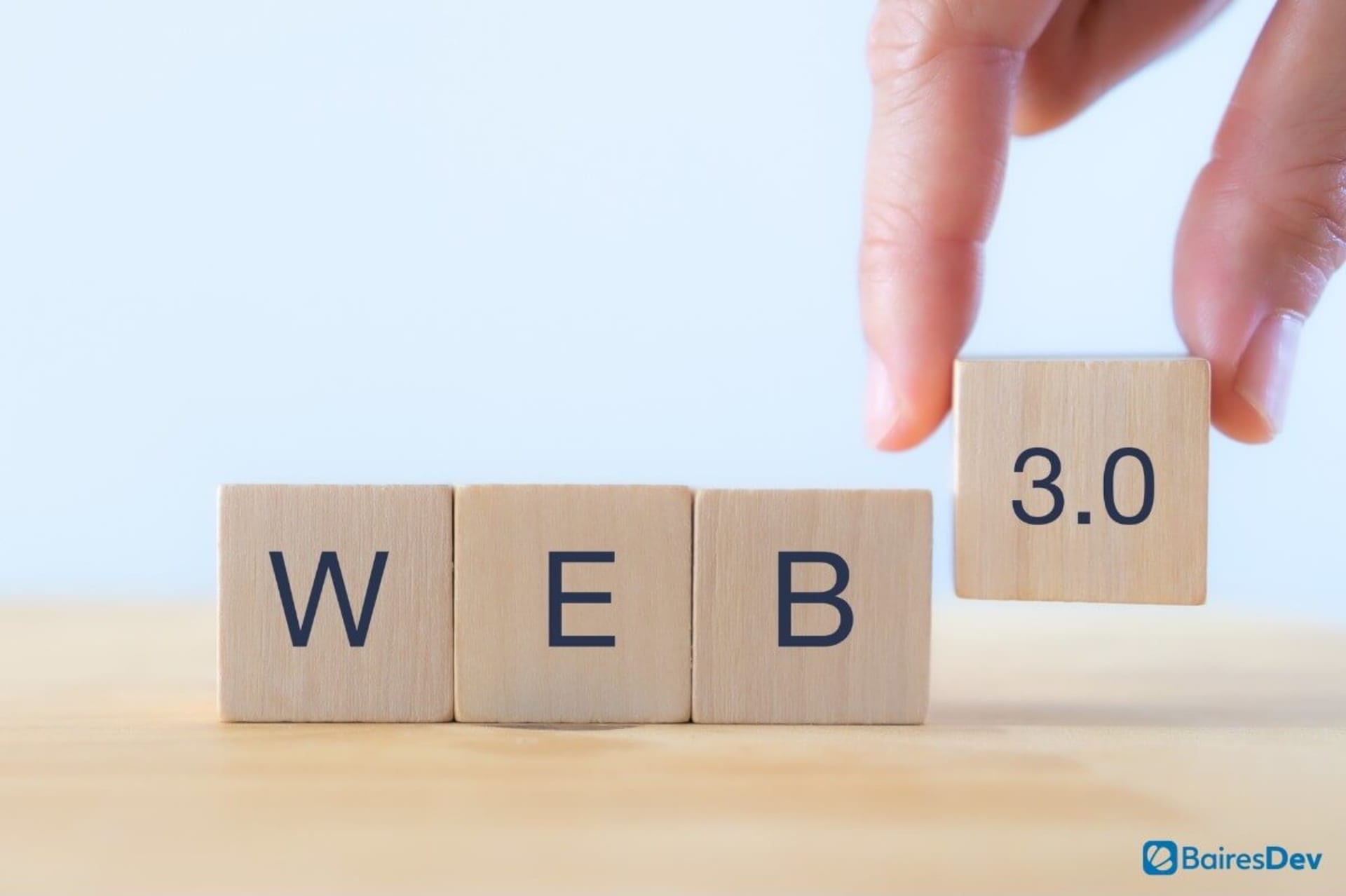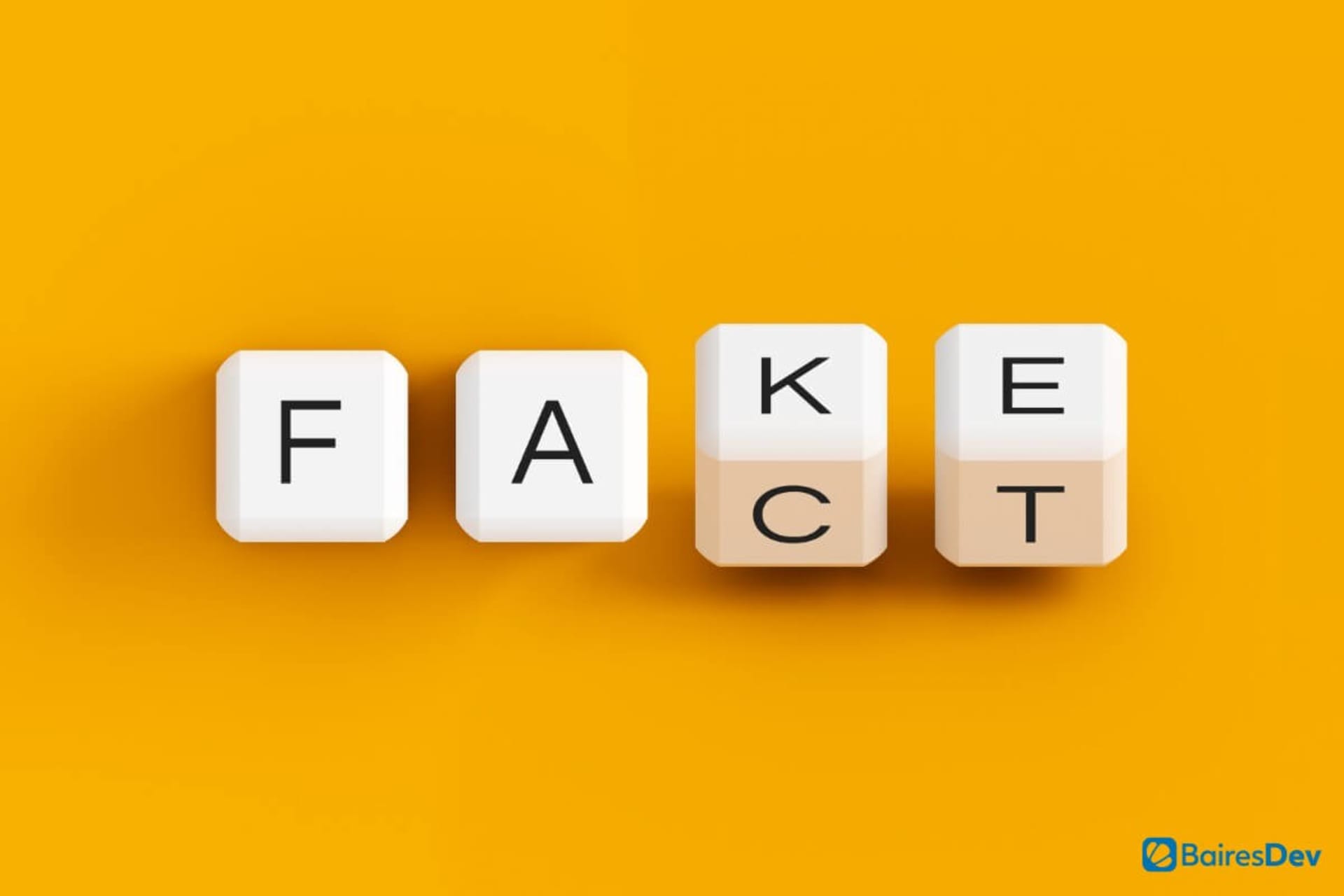Web 3.0 is coming.
A term first created by The New York Times‘s John Markoff, Web 3.0, also known as Web3, describes the next wave of the internet. In the past decade and a half, the use has grown in popularity, even as the world entered a fully Web 2.0 landscape.
Web 3.0 is about new innovations and big ideas. What does it mean for our collective digital future?
A Brief History of the Web
The 1990s heralded the arrival of a new phenomenon: the internet. While, in its purest form, this game-changer of a concept was invented earlier, in the 1980s, it didn’t truly become the bones of what we know it as today until the last decade of the first millennium.
This was Web 1.0, although, at the time, it was simply “the web.” And for its age, it was a wonder. Today, we look back at rudimentary web pages and laugh, but back then, this was a radical means of spreading and consuming information. There was little to no interactivity, with pages almost entirely in “read-only” form. There was also plenty of what we would now call fake news.
In the 2000s, the internet entered its second wave: Web 2.0. This era of digital innovation was characterized by the emergence of today’s tech giants, the Amazons, Googles, and Facebooks of the world. Search engines, social media networks, and complex media designs reigned king. Customization and personalization, leveraged by the new languages and features, became more feasible.
Web applications, new media, and more became ubiquitous. So, too, did new devices — mobile devices and tablets were suddenly digital vehicles, allowing people to access all sorts of content via an internet connection.
And now it’s time for Web 3.0.
What Do We Mean by Web 3.0?
Web 3.0 is a complex idea. At its core, it’s about the democratization of the internet — essentially handing the power back to the people, rather than concentrating it in the hands of a few tech giants like Amazon and Google.
“There’s a small group of companies that own all this stuff, and then there’s us who use it, and despite the fact that we contribute to the success of these platforms, we don’t have anything to show for it,” said Mat Dryhurst of New York University. Web 3.0 aims to address that issue.
Web3 will incorporate the semantic web, which involves a computer’s ability to read and attach meaning to multimedia content and draw connections among items. This is a web of linked and shared data, not a string of keywords.
Decentralization is another key facet of Web 3.0. Think blockchain — the power behind cryptocurrency has also launched a movement toward a transfer of information and data without a need for an intermediary. This means greater autonomy for the people who use the internet, rather than the giants who currently govern the web. That way, we won’t need an intermediary, either — just what is essentially a peer-to-peer network.
Thanks to innovations introduced during the Web 2.0 phase of our digital lives, this new era will mean greater accessibility from practically any device in any place where there is an internet connection.
Naturally, any discussion of Web 3.0 would be incomplete without touching on artificial intelligence (AI). This increasingly ubiquitous tool will enable computers to act with human-like intelligence, processing information at a rapid speed in order to understand and deliver more refined results. Because of AI’s ability to learn through repetition, results will become more accurate, too.
And finally, Web 3.0 will incorporate more sophisticated graphics, including 3D images and VR technologies, in all types of products.
How Will Web 3.0 Affect the Internet and Its Users?
Right now, Web 3.0 is still an emerging entity. But it’s not as far away as some of us might think. Already, we have the building blocks of this new phase of the internet — we just have to put them together.
People will have access to and control over their own information. Their activities will be recorded on a public, decentralized ledger — a blockchain — and they will be able to facilitate connection, streamlining their lives and making everything more efficient.
The ability to share information will be back in the hands of the people who need it — not social networks like Facebook and Twitter.
Take, for example, non-fungible tokens, or NFTs. These enable individuals to effectively own virtual materials and are made possible via sales with cryptocurrency. Ownership is cataloged on blockchain.
But Web3 will mean far more than representative ownership. It will be the next phase of the sharing economy and facilitate stronger communication and accessibility.
What Should We Expect?
Are we going to see Web 3.0 in the near future? It’s still not clear.
While many innovations that have already materialized may seem web 3.0-like, such as voice-assistance technology enabling location-specific searches and VR/AR allowing us to “experience” otherworldly places, we are still fairly firmly in Web 2.0 territory.
According to some experts, Web 3.0 is a distant innovation, one that may not even fully materialize. But others believe that it will operate hand in hand with Web 2.0, without ever truly replacing the latter phase. In fact, perhaps we would do better to stop thinking of these as separate eras but rather groups or categories of digital entities.
That means that the most likely scenario is that while decentralization will grow, so, too, will the businesses that have a considerable amount of power. But the fact remains: we are in for an immensely transformed digital future.







